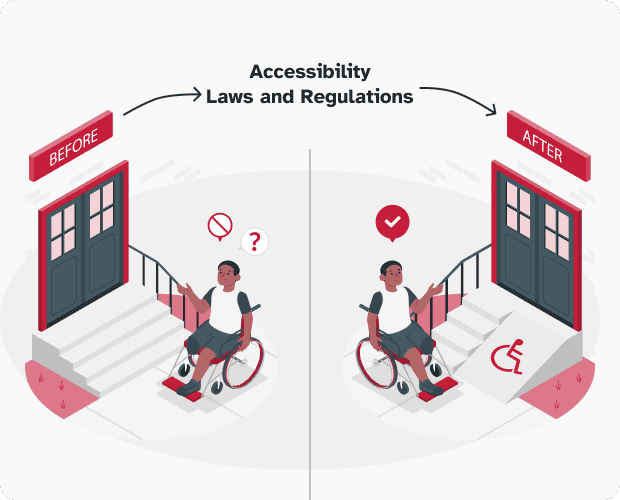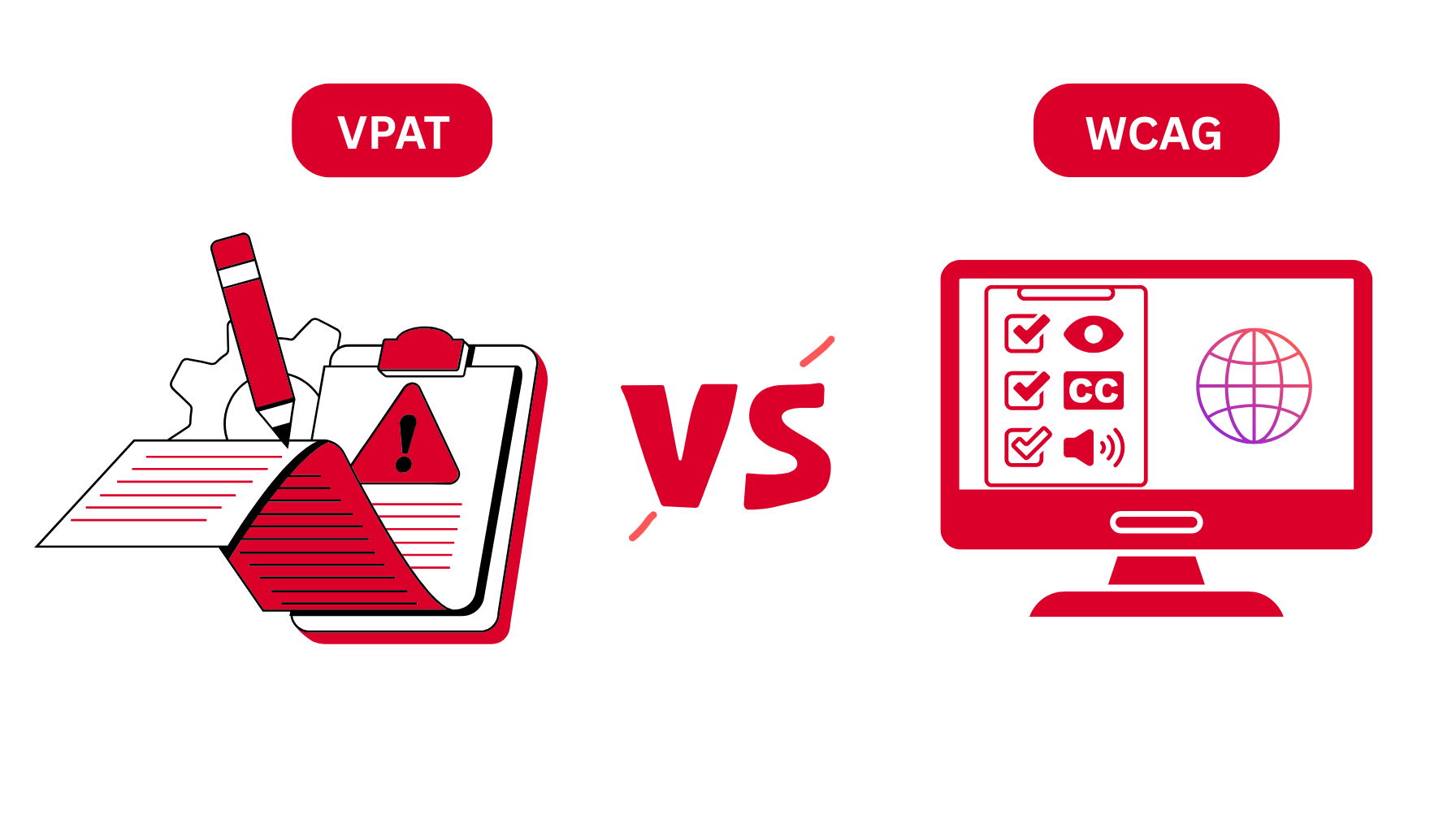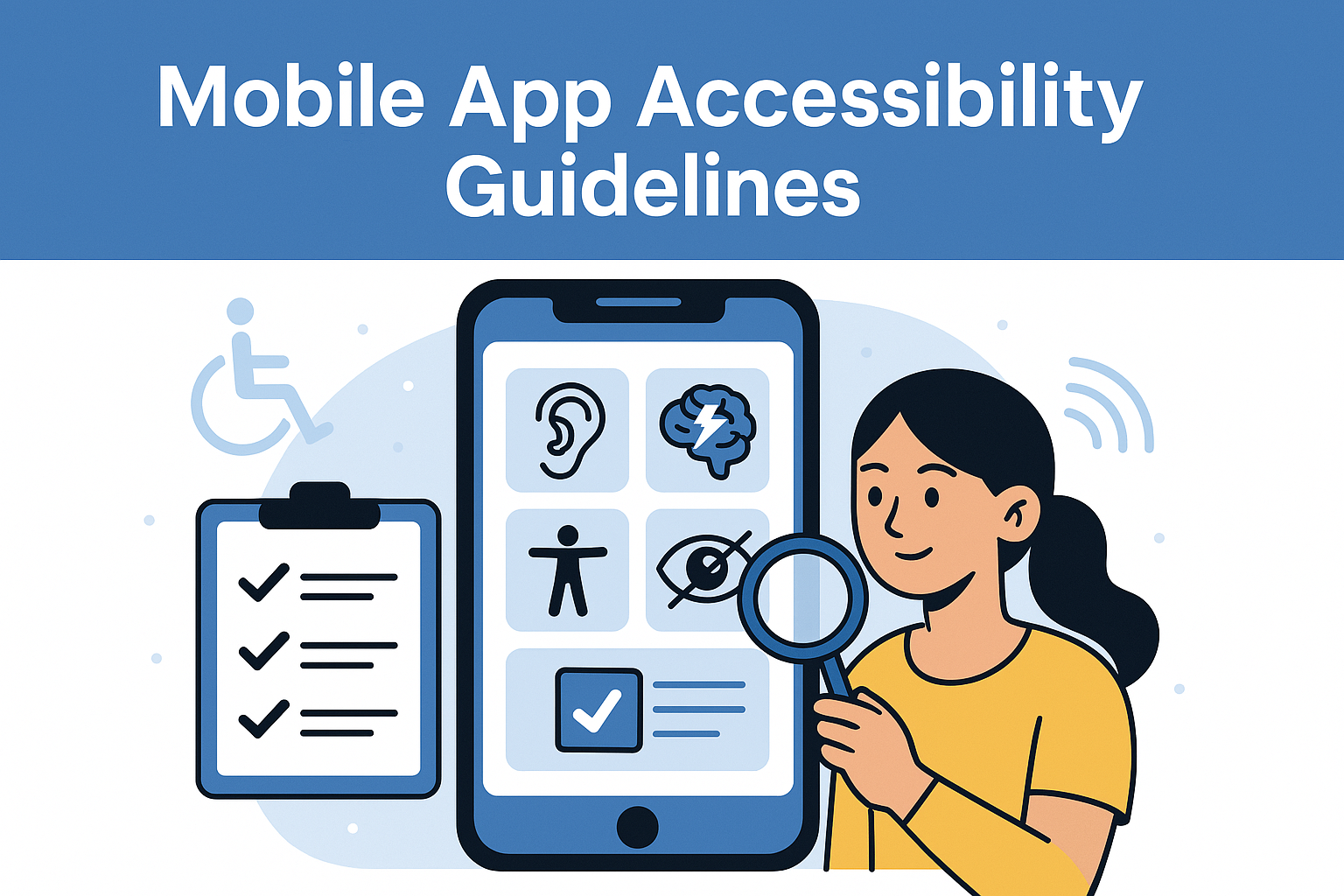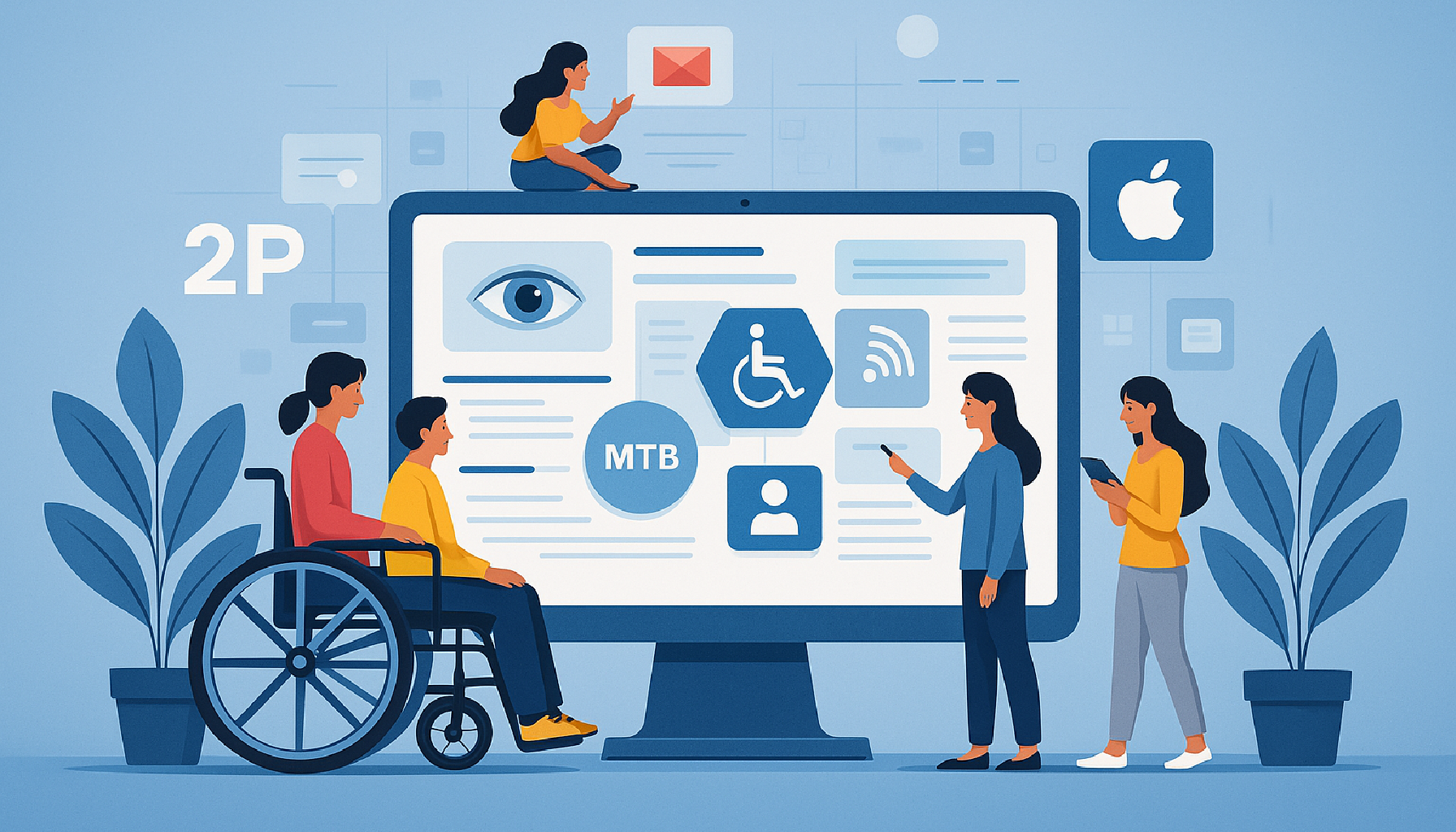Accessibility Consultant Canada!
Unified Accessibility Excellence: Centralized Management for Organizational Accessibility Compliance
For comprehensive and coordinated accessibility efforts across your organization, turn to our centralized accessibility management approach. We are the best accessibility consulting services providers for all your organizational accessibility needs.
Compliance Management
Welcome to Accessibility Partners, your partner in championing inclusivity! We provide accessibility consulting services in Canada that helps organizations navigate and fulfill accessibility standards, ensuring that your services and products are accessible to everyone. Our accessibility consulting firm of accessibility experts offers comprehensive accessibility audits, detailed accessibility compliance consulting, and tailored solutions that not only meet legal requirements but also enhance user experience for people with disabilities.
Join us in our mission to create a barrier-free world, making every interaction seamless and inclusive.
- Information and Communications Standards
- Employment Standards
- Built-Environment
- Transportation Standards
- Customer Service Standards
- Procurement of Goods, Services and Facilities
Video Transcript
The video shows an animated compliance score meter, resembling a speedometer. The needle moves from 0% to 100%, illustrating the following:
- As the needle moves towards 100%, the "Pass" score increases.
- Simultaneously, the "Fail" score decreases.
- The "Total" score remains constant throughout the animation.
This visual representation demonstrates how improving WCAG compliance increases the "Pass" score while reducing the number of failures, ultimately aiming for 100% compliance.
Accessibility Consulting and Planning
Our Process

Elevate your organization's commitment to inclusivity with our structured Accessibility Consulting and Planning services
At Accessibility Partners, we offer accessibility services canada to ensure your environment is accessible to everyone, aligning with the latest standards and enhancing user experience.
- Quick Strike Gap Analysis
- Accessibility Assessment Report (AAR)
- Blueprint Accessibility Plan
- Policies, Procedures, Tools and Training
- Compliance Implementation
- Continuous Improvement and Reporting
OUR MISSION
“Help enhance your organizations overall Accessibility.”
Making your business compliant with accessibility standards means sustainability. This can be achieved by taking the advantage of our accessibility services canada to bring your organization into alignment with existing or pending accessibility legislation and eliminating barriers to a diverse client base.
Need AODA/ACA Compliance Help?
OUR LATEST NEWS & BLOGS
Accessibility Experts

In recent years, the number of web accessibility lawsuits has seen a sharp rise in Canada and around the world. […]

Creating inclusive spaces starts in the parking lot. Handicap parking spaces, also known as accessible parking spaces, are essential for […]

When it comes to digital accessibility, two commonly mentioned frameworks are VPAT and WCAG. While both play an important role […]

Ensuring mobile app accessibility is essential for creating an inclusive user experience. Accessible mobile apps allow people with disabilities to […]

Creating an inclusive digital experience is a fundamental responsibility for UX designers. Accessibility guidelines for UX designers ensure that products […]

Ensuring web accessibility is crucial for making digital content inclusive, and one of the most fundamental aspects is writing effective […]
